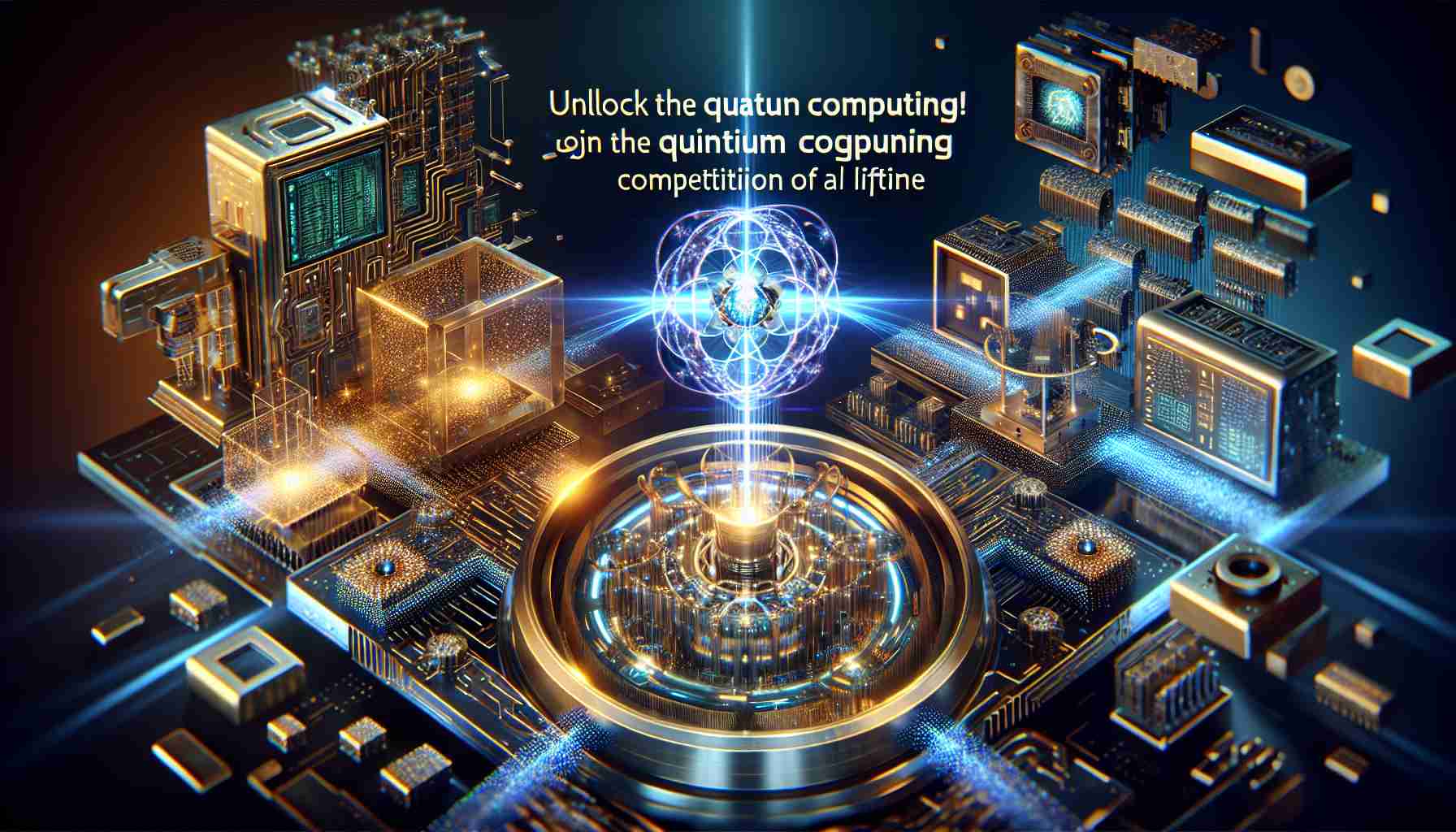- SMART achieved its first plasma, representing a significant advance in fusion energy research.
- The device introduces negative triangularity, improving plasma stabilization and energy efficiency.
- By suppressing edge localized modes (ELMs), SMART aims to sustain longer, hotter plasma conditions.
- Focused on the Fusion2Grid strategy, SMART aspires to make fusion energy a viable power source for electricity grids.
- Its innovative, compact design employs advanced technologies to create efficient, cost-effective fusion reactors.
- International collaborations among researchers are crucial for addressing the challenges of sustaining fusion reactions.
- The success of SMART could significantly alter energy generation, moving us closer to sustainable and responsible energy solutions.
Imagine a world powered by clean, limitless energy, free from harmful emissions and radioactive waste. Enter the Small Aspect Ratio Tokamak (SMART), a revolutionary experimental fusion device from the University of Seville that just achieved its first plasma, marking a pivotal moment in the quest for sustainable power.
SMART dares to venture into uncharted territory by exploring the innovative concept of negative triangularity. This cutting-edge shape changes the traditional plasma configuration, dramatically stabilizing it and promising enhanced energy efficiency. By suppressing edge localized modes (ELMs), which threaten to disrupt fusion processes, SMART sets the stage for longer-lasting, hotter plasma—essentially creating an artificial sun at temperatures soaring to 100 million degrees!
As a key player in the Fusion2Grid strategy, SMART aims to transform fusion energy into a practical power source for our grids. Its compact design features groundbreaking technologies, paving the way for powerful fusion reactors that are both efficient and cost-effective. With collaboration across international borders, researchers are racing to solve the myriad challenges of sustaining fusion reactions, making breakthroughs in plasma stability and confinement.
The implications are enormous: if SMART succeeds, it could redefine how we harness energy, propelling the world closer to a reality where fusion becomes an accessible energy source. The initial success of SMART ignites a brighter future, shimmering with potential for clean, infinite power. As we push the boundaries of scientific innovation, the dream of socially responsible energy might just be within our grasp!
Unleashing the Power of the Future: How SMART Fusion Could Change Everything
The Small Aspect Ratio Tokamak (SMART), a groundbreaking experimental fusion device created by the University of Seville, recently achieved its inaugural plasma, marking a significant leap towards sustainable power generation. This technological marvel explores negative triangularity, a novel plasma shape that enhances stability and efficiency, potentially transforming the way we harness fusion energy.
Key Information and Features of SMART
– Negative Triangularity: Unlike conventional tokamaks, SMART employs a negative triangularity design, providing improved plasma stability. This configuration can effectively suppress edge localized modes (ELMs) that disrupt fusion processes.
– High-Temperature Plasma: The device achieves plasma temperatures around 100 million degrees Celsius, simulating the conditions necessary for fusion similar to those found in the sun.
– Compact Design: SMART’s innovative structure allows for a smaller footprint, making it more adaptable and cost-efficient compared to traditional fusion reactors.
– Collaborative Endeavors: The project is part of an international effort known as Fusion2Grid, concentrating on converting fusion energy into a reliable power source for electrical grids.
– Potential Economic Impact: If successful, SMART could lead to reductions in energy costs and dependency on fossil fuels, promoting economic sustainability.
Pros and Cons of SMART Fusion Technology
Pros:
– Clean Energy: Fusion produces no harmful emissions, making it environmentally friendly and sustainable.
– Abundant Fuel Supply: Fusion relies on isotopes like deuterium and tritium, which are widely available in water and lithium.
– High Energy Output: A relatively small amount of fuel can produce significant energy, far exceeding traditional sources.
Cons:
– Technical Challenges: Maintaining stable plasma and achieving consistent fusion reactions remain substantial hurdles.
– High Initial Costs: Research and development funding needed for fusion projects can be substantial.
– Long-Term Viability: While promising, practical fusion energy technology is still in its infancy, requiring extensive testing and validation.
Market Insights and Future Predictions
– Rapid Growth of Fusion Research: The global investment in fusion technology has surged, with projections estimating the market could reach over $40 billion by 2030, driven by the need for clean energy solutions.
– Potential Disruptions: As fusion technology matures, it could disrupt current energy markets, leading to reduced reliance on fossil fuels and potentially sparking geopolitical shifts.
Important Questions About SMART and Fusion Energy
1. How does negative triangularity improve plasma stability?
– Negative triangularity minimizes instabilities in plasma behavior by redistributing pressure and magnetic forces within the tokamak, thereby allowing for longer confinement times and more efficient energy production.
2. What role does SMART play in the wider context of fusion energy development?
– SMART is a pivotal component of the Fusion2Grid initiative, aiming to bridge the gap between experimental fusion research and practical power generation, positioning itself as a leading candidate in advancing fusion as a viable energy source.
3. What are the long-term implications if SMART achieves sustained fusion?
– A successful SMART fusion project could redefine energy production, significantly reduce greenhouse gas emissions, and lead to a revolution in energy accessibility, facilitating a shift toward cleaner energy for future generations.
For more information on fusion energy innovations, visit IAEA and explore their resources on fusion technology advancements.
The source of the article is from the blog j6simracing.com.br















